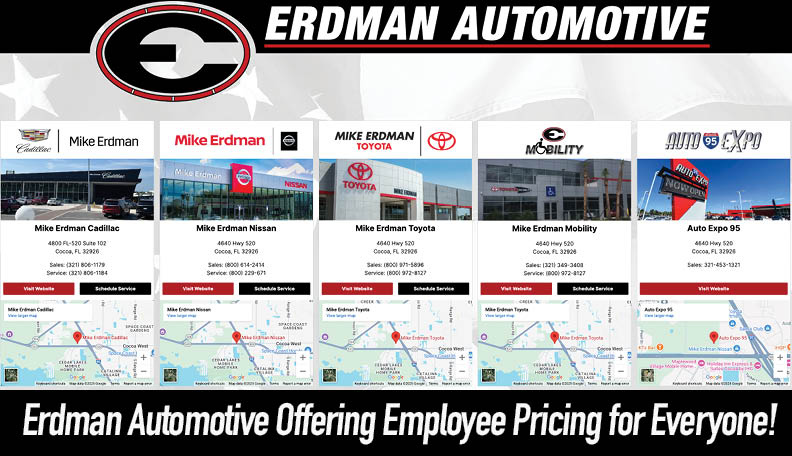Choosing the Right Traction Bars for Your Lifted Truck
By Space Coast Daily // October 17, 2024

By lifting a truck with a lift kit, you can enhance the vehicle’s aesthetics and provide off-road functionality. However, this modification can also lead to issues like axle wrap and wheel hop.
To address these suspension woes, a set of traction bars can effectively restore the stability and performance that the vehicle is designed to maintain.
Choosing the Right Grip Bar When Lifting Your Own Truck
Understanding Traction Bars
Traction bars for lifted trucks are essential components when it comes to lifting a truck. They align your axle while preventing the leaf springs from twisting during aggressive acceleration or braking. These bars link the axle to the frame, minimizing undesirable movements. Without these stabilizing members, drivers may experience reduced control and accelerated wear on suspension components.
Types of Traction Bars
Each person has different needs, so there are several types of traction bars to choose from. The most common type found on muscle-era cars is the fixed traction bar. They are easy to install and work effectively, making them perfect for weekend off-road trucks. Adjustable traction bars offer versatility, allowing customization for specific driving styles, making them ideal for those frequently switching terrains.
Materials and Durability
Choosing the right material is crucial for the durability of traction bars. They are typically made from steel or aluminum. Steel bars provide a much stronger, longer-lasting construction, which is ideal for heavy-duty use. I prefer aluminum bars because they are lighter yet strong enough for my needs, and they never rust. The choice of spring material should be based on how the truck will be used and the conditions it will encounter.
Installation Considerations
Proper installation of traction bars is crucial for maximizing their effectiveness in maintaining vehicle stability and control. Many aftermarket kits include detailed instructions and all necessary hardware, making them appealing to DIY enthusiasts who want to tackle the project themselves. However, opting for professional installation provides several advantages. Professionals possess the expertise and experience to address potential challenges that may arise during installation, ensuring a precise fit and alignment. Their familiarity with specific vehicle models and suspension systems allows them to troubleshoot issues effectively, resulting in optimal performance of the traction bars. Ultimately, professional installation can save time and enhance safety on the road.
Compatibility and Fit
It is essential to ensure that the traction bars will work with your existing suspension. Different traction bars may not fit all trucks and lift kits. Dangerous mismatches can be avoided by consulting the manufacturer’s specifications. For customers with unique setups, custom-fabricated traction bars are a solution. These can be adjusted to fit specific measurements, ensuring perfect fit and optimal performance.
Cost vs. Quality
Balancing cost and quality is a common challenge. While some options may seem cheaper, they often compromise durability and performance. Investing in high-quality traction bars may be more expensive upfront, but it proves less costly in the long run, as durable bars will not need frequent replacements.
Maintenance and Care
Traction bars from reputable manufacturers, like Detroit Speed, are built to last and perform well, particularly when maintained properly. Keeping your bars clean and lubricated after long off-road rides prevents dust buildup and reduces wear and tear on moving components. Regular maintenance not only enhances the effectiveness of the bars but also extends their lifespan.
Performance Benefits
Traction bars enhance grip, which is a key advantage. Many come with cal-trac bar options, reducing wheel spin and improving traction control. They also increase dynamics during acceleration and braking, leading to greater driver involvement. Additionally, traction bars work in conjunction with other suspension components to share the load, thereby preserving their lifespan.
Conclusion
Choosing the right traction bars for a lifted truck involves considering many factors. Being informed about the different types, materials, and installation processes allows consumers to evaluate their options effectively. Ensuring compatibility and prioritizing quality over cost will guarantee higher performance and increased safety. Furthermore, regular maintenance will enable traction bars to deliver optimal performance, ensuring a quality overall driving experience with lifted trucks. Overall, investing in traction bars is well worth it for a smoother ride in your lifted truck.











